Masks, fighters and witches: Student photographers on show
 Matt Brealey/Alex Jones/Juliette Letort
Matt Brealey/Alex Jones/Juliette LetortStudents of this year's Photojournalism and Documentary masters course at the London College of Communication present their final projects to the public this week.
"The work takes us on a visual exploration of some of the crucial issues of the day, from the personal to the global; from notions of identity, home and unthinkable loss to the wider environmental issues of housing and energy; as well as the lyrical exploration of feminism and an examination of witchcraft," says course leader Aletheia Casey.
You can see the work as part of the Free Range Graduate showcase at the Truman Brewery in London until 25 June.
Here we present a selection of the projects alongside the thoughts of the photographers.

Fraser McGruer: Behind the mask
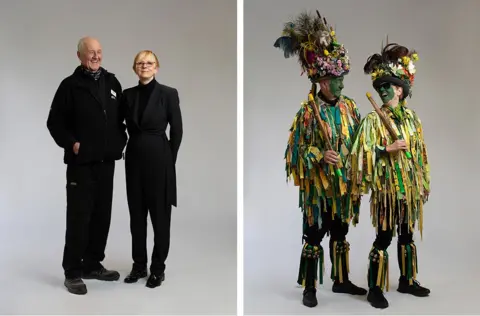 Fraser McGruer
Fraser McGruerWho can you become when you put on a mask?
Disguising our true identity was a necessity for the first Morris Dancers, but the transformational power of disguise continues to be a motivating factor for this group of dancers, the Bourne Borderers (of whom I am one).
Grab some sticks, apply make-up, put on rags, bells and a hat: this way lies personal liberation.
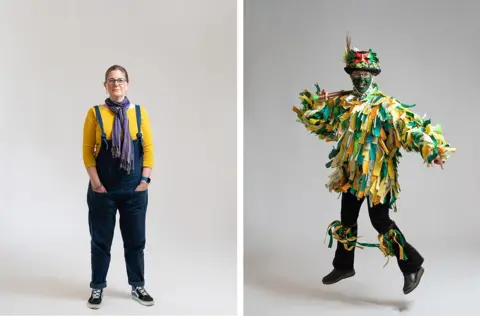 Fraser McGruer
Fraser McGruer
Rebecca Jeffree: Fly over my city
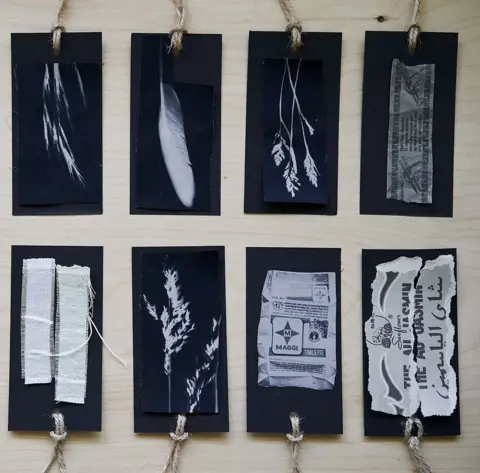 Rebecca Jeffree
Rebecca JeffreeEach year, swifts arrive in the capital after travelling from central and southern Africa, stopping for the summer to nest in roof spaces.
However, the increasing hostility of our built environment has led to their gradual disappearance from our skies.
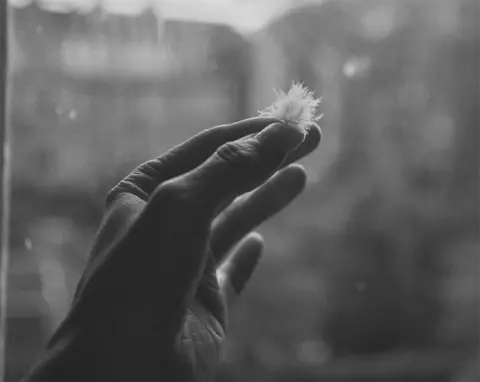 Rebecca Jeffree
Rebecca JeffreeWaiting for, hoping for, hearing and finally seeing these elusive birds is therefore an experience in recovering the senses, connecting with others, and reappreciating what - or who - is being lost from this dynamic and disoriented city.

Adrian Scarbrough: Faethm
 Adrian Scarbrough
Adrian ScarbroughThere is this romantic notion that English mariners used to measure the sea with their outstretched arms; this was a nautical unit of depth called a faethm. It is the longest unit derived from an anatomical measurement.
To fathom is also to discover the meaning of something and understand something thoroughly, such as is the love of the sea hereditary?
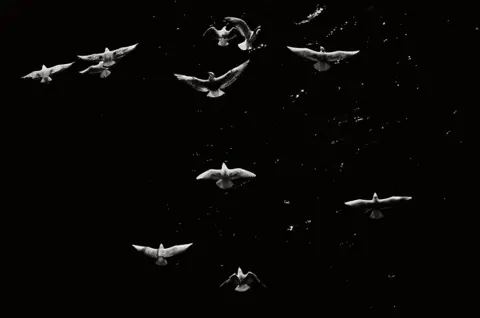 Adrian Scarbrough
Adrian ScarbroughI am exploring if elements of heredity, such as traits and habits, are passed down to me or if it is, in fact, nostalgia that plays on emotions and the longing for a past time or experience.

Elissavet Sikalou: The shadows we carry
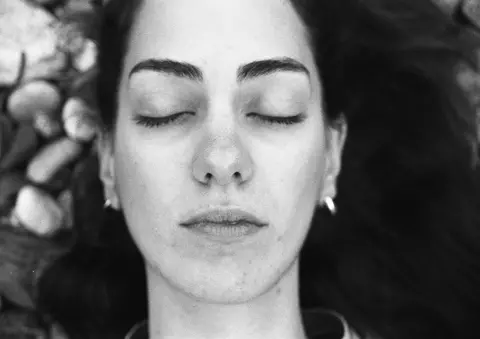 Elissavet Sikalou
Elissavet SikalouThis project is a personal exploration of the word home, a term that is often difficult to define.
Is it connected to geographical locations or to our closest people?
How do the physical and the natural space relate to it?
Do our roots get weaker by taking them out and planting them elsewhere?
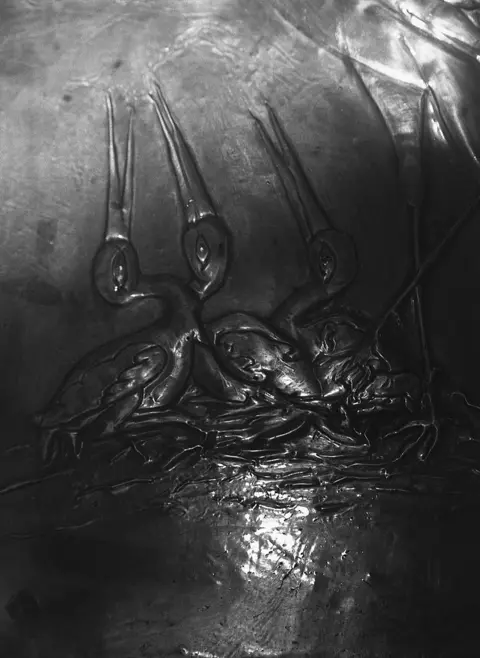 Elissavet Sikalou
Elissavet SikalouMaya Angelou claims that home is all those things that we carry inside us, "the shadows, the dreams, the fears and dragons of home under one's skin".
The images do not offer a unique answer, but invite us to pause and find our own.

Richard Eyers: It cannot be photographed
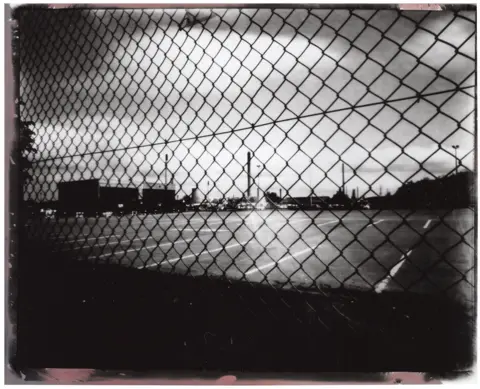 Richard Eyers
Richard EyersHydrogen is colourless, odourless, and highly combustible and "it cannot be photographed".
This project was conceived as a documentary piece, intended to describe the emerging UK hydrogen industry to people outside the industry.
It has evolved into a message to industry insiders that people want to know more.
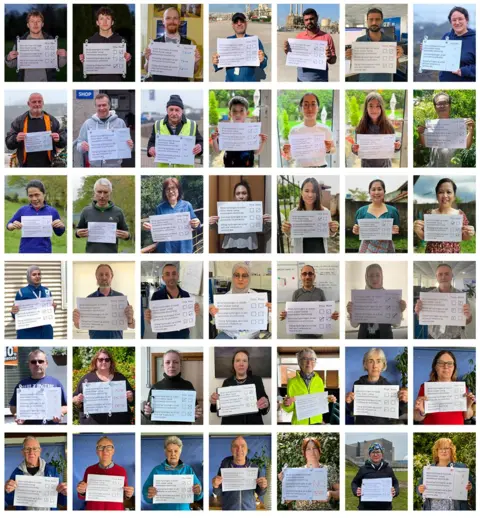 Richard Eyers
Richard EyersThe series of colour portraits are all unnamed and by often unnamed photographers, demonstrating how little we understand about hydrogen. I was not able to photograph everyone and have relied on them being willing to send me their photographs.

Juliette Letort: Women on watch
 Juliette Letort
Juliette LetortThis project dives into the female experience volunteering for an institution that has been around for almost 200 years, the Royal National Lifeboat Institution (RNLI).
I wanted to use this project to shine the light on women who have decided to give their time helping people at sea.
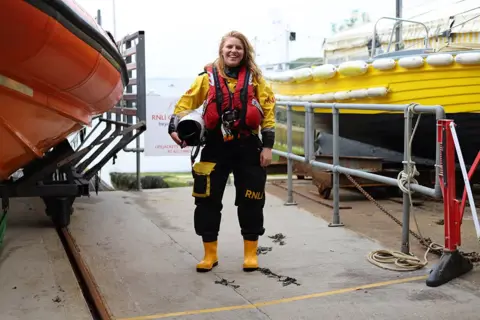 Juliette Letort
Juliette LetortAs of 2022, the figures for women in the RNLI are the following:
- 34% of all its workforce
- 29.2% of lifeguards
- 10% of crew members
As a wider context, fewer than 2% of all seafarers worldwide are women.
Do these low figures come from a simple lack of interest, or from a perpetuation of societal norms that exclude females at sea?

Sophie Gray: The world is not built for us
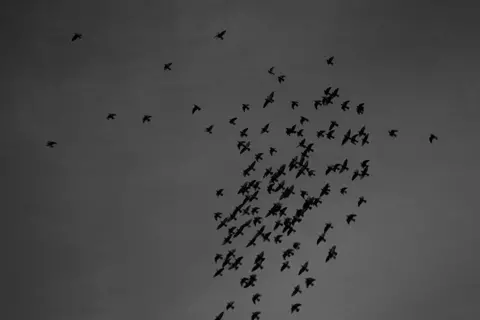 Sophie Gray
Sophie GrayThrough a series of black and white images, accompanied by a soundtrack compiled from sounds of the night, This World Is Not Built For Us explores the visceral experience of what it is to be a woman navigating the city after dark.
 Sophie Gray
Sophie Gray
Stu McKenzie: Missing Katrice
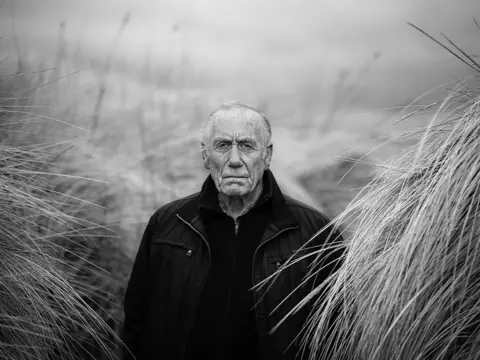 Stu McKenzie
Stu McKenzieMissing Katrice delves into the tragic disappearance of Katrice Lee in 1981.
It sensitively explores the profound loss, enduring trauma, and unwavering hope experienced by Katrice's family throughout their relentless search for answers, weaving together powerful images that reflect and represent loss, trauma, and hope.
It offers the viewer a poignant and transformative journey.
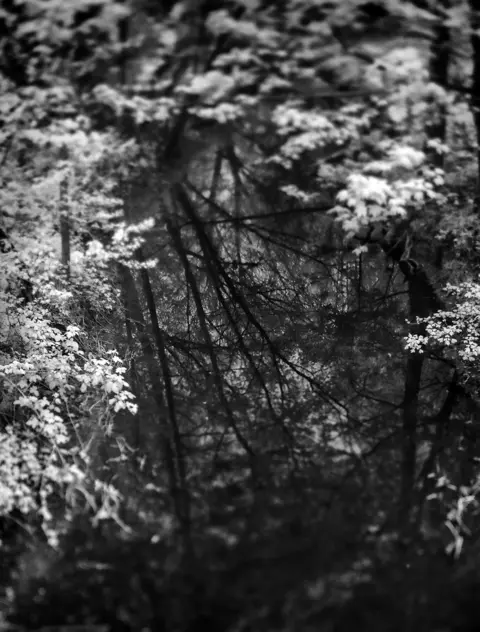 Stu McKenzie
Stu McKenzie
Alex Jones: The birdman of Salonika
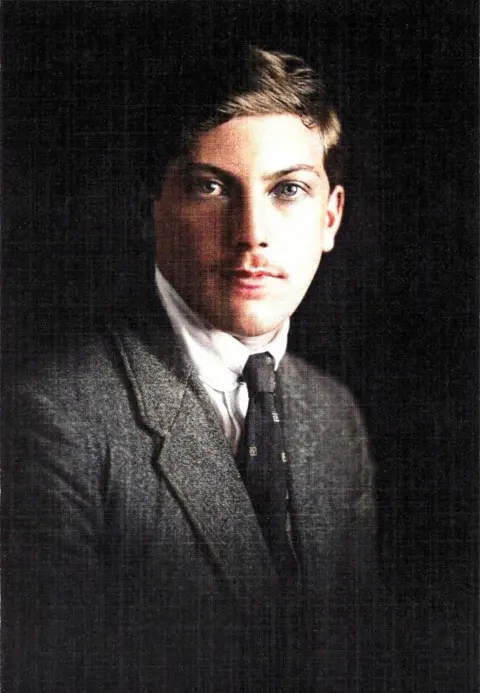 Alex Jones
Alex JonesThe Birdman of Salonika explores the concept of reincarnation through the story of my ancestor Paul Denys Montague, a zoologist and anthropologist who flew for the Royal Flying Corps on the Macedonian Front during World War One.
 Alex Jones
Alex JonesThe project invites the viewer to follow my footsteps through England, Greece and North Macedonia, where Paul once flew, and meditate on themes of memory, meaning and loss, and to also appreciate the inexorable connection that exists between the living and the dead through the eternal soul.

Leia Ankers: Battery in the mountain
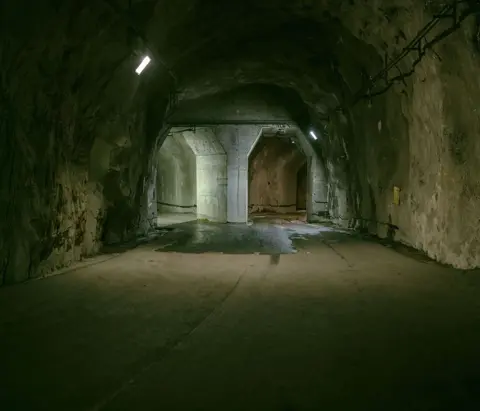 Leia Ankers
Leia AnkersBattery in the Mountain documents a hydroelectric power station disguised within a Welsh mountain in Llanberis; the designers wanted to minimise the impact a large power station would make on the countryside.
The technology inside Dinorwig seems larger than life, and lies hidden underneath the rocky landscape in miles of underground caverns.
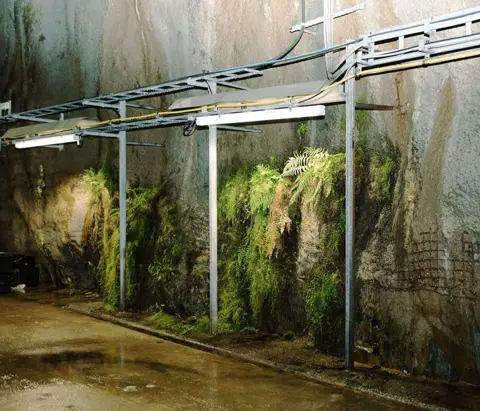 Leia Ankers
Leia AnkersThe mountain holds this extraordinary secret that shows little evidence in the environment that this engineering achievement even exists.
The landscape, the hydroelectric machinery, and the plentiful Welsh water, make this the largest rechargeable battery in the UK.

Matt Brealey: Fight like a woman
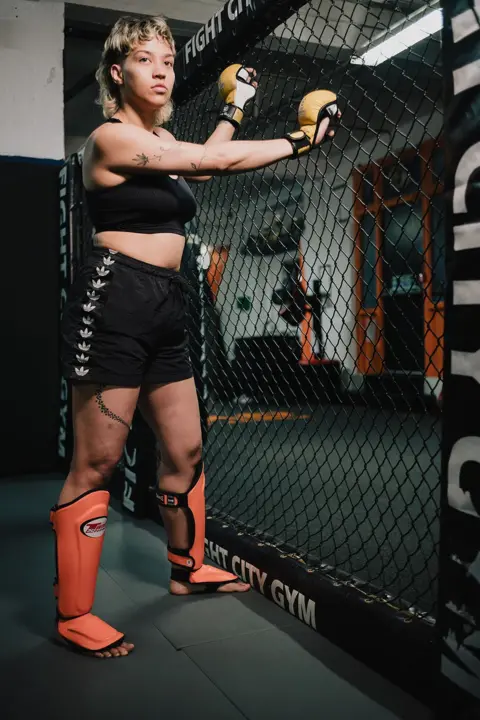 Matt Brealey
Matt BrealeyThis short photographic film focuses on three young female fighters from different combat sports, at different stages of their careers, all with the same goal, to be successful, professional fighters.
The film uses a combination of about 70 of my still images, audio interviews, archive photos, and sound recordings to tell each fighter's story.
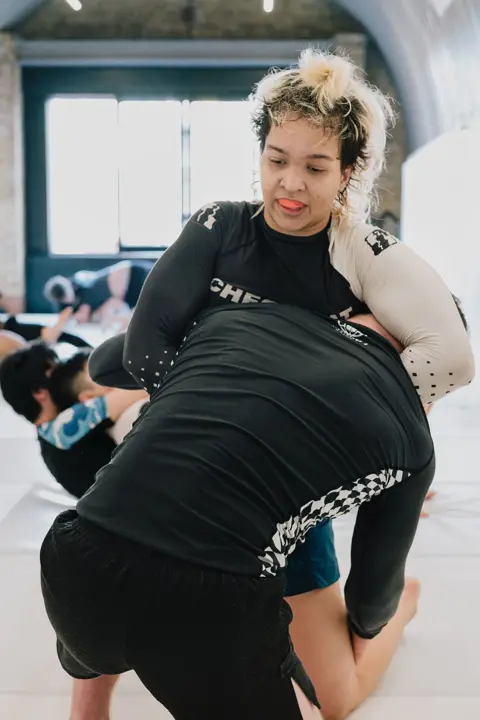 Matt Brealey
Matt BrealeyIn their own words they explain the dedication required to reach their dreams, and the sacrifices, commitment, and obstacles they have had to overcome, as they try to make their way in a male dominated arena.

Flora Vever: We were called witches
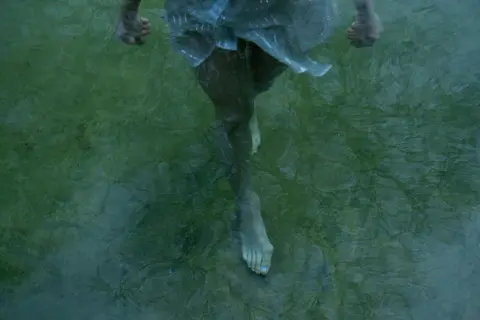 Flora Vever
Flora VeverThis work explores the witch figure as a lens through which to rethink our relationship with women and nature, drawing parallels between the domination of women and taming of nature.
The images show women of all ages who stand strong and independent.
Unapologetic, in connection with nature in all its aspects: calm, generous, chaotic, and messy.
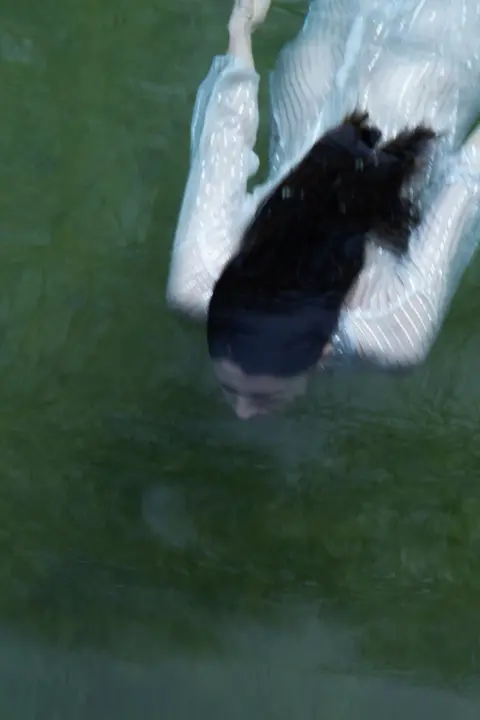 Flora Vever
Flora Vever
All photographs courtesy London College of Communication
